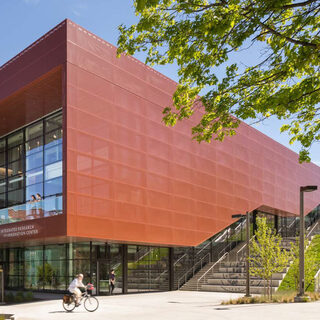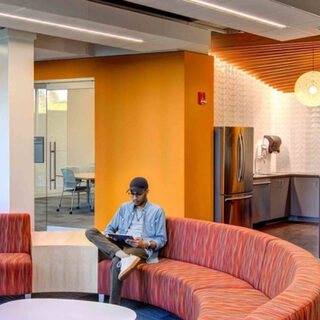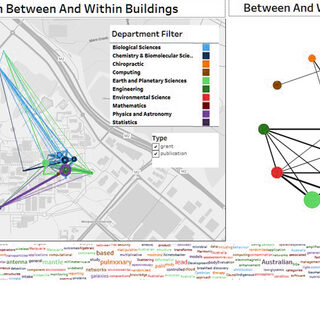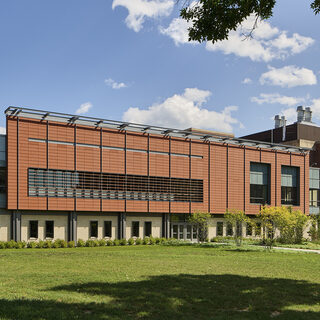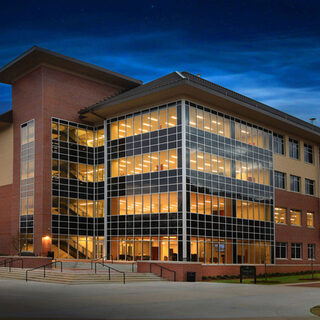Tradeline's industry reports are a must-read resource for those involved in facilities planning and management. Reports include management case studies, current and in-depth project profiles, and editorials on the latest facilities management issues.
Latest Reports
Designing a University Space for Collaboration—Then Making It Happen
Universities across the country are looking to assemble students and faculty from different research interests in spaces that promote cross-disciplinary collaboration. Successful designs call for exteriors that beckon the entire campus community and flexible interior features that enable the institution to refresh the mix of researchers and projects at regular intervals. Such projects also call for encouraging a campus-wide sense of ownership of the building while establishing a space application review process. Opened in January 2017, the University of Idaho’s $52 million Integrated Research and Innovation Center (IRIC) works to accomplish these goals through building design choices and ongoing space management decisions. Randy Benedict, design leader and principal at NBBJ, and Russell McClanahan, IRIC facility manager, describe how those two activities—design and building management—work to make the IRIC a hub of interdisciplinary interactions at the campus in Moscow, Idaho.
Academic Workplace Evolution: How Universities Are Rethinking Spaces for Faculty and Staff
Colleges and universities are rethinking their workplaces to align their space with how people work today and to use space to achieve their strategic goals. Beyond macro forces reshaping higher education in terms of access, accountability, and financial stability, there is a confluence of financial, environmental, technological, and cultural factors prompting this change, including increasing numbers of administrative staff and a growing disengagement among faculty and staff. But the most common mistake that institutions make when trying to change their workplace is assuming that they are trying to solve a space problem. Even if the impetus for a project is a space problem—you’re out of space and have no place to put the new faculty or staff member you just hired!—you won’t solve it by thinking about it that way. It’s more complex and nuanced than that. What you need first is a workplace strategy, a coherent statement that describes how your space will be used to help you achieve your larger strategic goals.
Using Data-Driven Design to Produce Research-Supported, Customized Client Solutions
Clients look to architects to help them make decisions regarding the built environment that can greatly impact the future of their institutions and their employees. Doing that successfully depends on the quality of information used to make those critical decisions. Collecting comprehensive data from multiple sources, substantiating it with research, and analyzing it with proprietary software developed by HDR enables the firm to provide clients with the kinds of customized information necessary to make sound decisions and help predict building performance.
Ernest Mario School of Pharmacy
The new addition to the existing Pharmacy Building creates an exciting and energetic new identity for the School of Pharmacy on the Rutgers University Brunswick campus, as well as a new front door located on a main campus pathway.
New Science Center at Mercer University Supports Robust STEM Research
Faced with inadequate facilities and insufficient space to accommodate increasing enrollment in its STEM programs, Mercer University in Georgia had to make a decision: Continue using classrooms built in a bygone era and miss valuable opportunities to attract top students and faculty, or construct a new facility that offers opportunities for consolidation, interaction, and collaboration. University leaders chose the latter with the establishment of the $44 million Spearman C. Godsey Science Center, which opened in January 2018.

